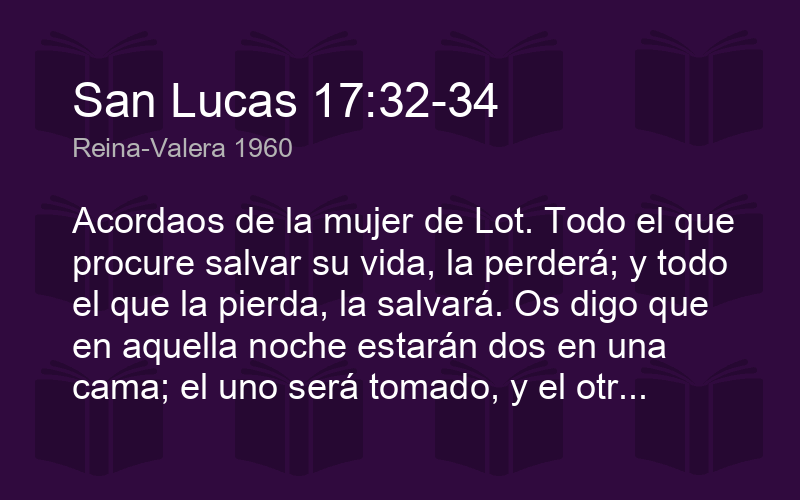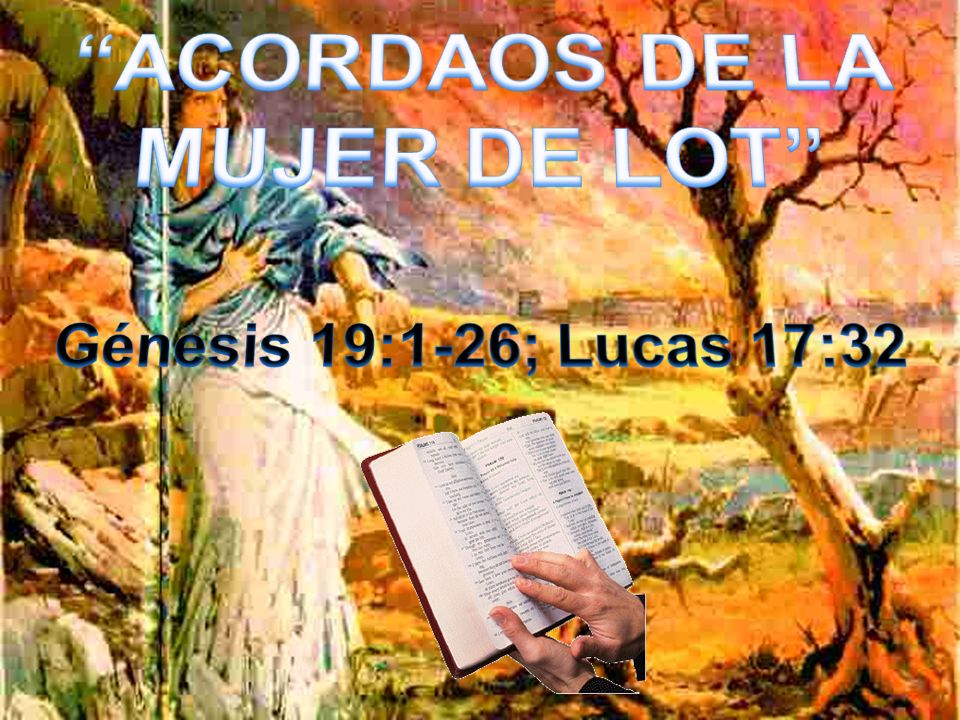Don Lind, un Santo de los Últimos Días, fue un investigador de la NASA cuando Estados Unidos comenzó a reclutar astronautas para misiones espaciales.
Hace cincuenta años, Neil Armstrong reveló una placa conmemorativa con la inscripción:
“Aquí, los hombres del planeta Tierra pisaron la Luna por primera vez, en julio de 1969. Llegamos en paz en nombre de toda la humanidad.”
Después, Armstrong salió del módulo lunar del Apolo 11, Eagle, y pronunció 12 palabras que pasaron a la historia:
“Un pequeño paso para el hombre, un gran salto para la humanidad.”

El 20 de julio de 1969, la exploración espacial alcanzó nuevas alturas en los cielos cuando Neil Armstrong y Buzz Aldrin dieron un paseo por la luna. En el Mar de la Tranquilidad de la luna, Aldrin colocó una caja en la superficie de la luna, un sismómetro que funciona con energía solar que todavía descansa allí.
El sismómetro fue diseñado por un astronauta Santo de los Últimos Días, Don Lind, quien desempeñó un papel vital en el primer aterrizaje lunar y que por años trabajaría en misiones espaciales.
También te puede interesar: “Cómo seguir adelante a pesar de las dificultades”
Cuando era niño, Don Lind y sus hermanas se treparon a los árboles de su vecindario en Midvale, Utah, moviendo las ramas simulando que estaban en una nave espacial que se lanzaba a través del universo. En ese tiempo, un viaje espacial era una hazaña que sólo se veía en los cómics y en la ciencia ficción.
No fue hasta más de 20 años después que los primeros hombres se aventuraron a lo desconocido y entraron en el espacio en 1961. Después de escuchar las noticias, Lind, en ese entonces un piloto de la Marina con un doctorado en física nuclear de alta energía, sabía que había encontrado su vocación.

Don Lind fue un investigador de la NASA cuando Estados Unidos comenzó a reclutar astronautas para misiones espaciales. La experiencia de Lind como piloto y científico lo hicieron elegible para el programa, y cuando el Apollo 11 empezó su misión, Lind, quien fue puesto a cargo de las operaciones de la superficie lunar, siguió meticulosamente el progreso de los astronautas desde el centro de Control de la Misión de la NASA.
En el caso de que surgieran complicaciones imprevistas mientras Armstrong y Aldrin caminaban por la luna, Lind los guiaría.
“Había elaborado todos los procedimientos y probado todo”, dijo Lind al Salt Lake Tribune. “Yo era, literalmente, el experto.”
Lind también ayudó a diseñar los dos experimentos principales establecidos en el primer aterrizaje lunar (los sismómetros construidos para detectar los terremotos lunares y un retrorreflector de lámina) que respondieron a las preguntas de los misterios de la luna.

El reflector de lámina de metal desplegado en la luna permitió que la NASA usara láseres para medir la distancia entre la superficie de la Tierra y la luna.
Sobre el sismómetro, que revelaría que la luna es una masa sólida sin un interior fundido, Lind le dijo al The Salt Lake Tribune:
“Tan pronto como se desplegó y la luz del sol golpeó los paneles solares, se comenzó a registrar y transmitir señales. Registró como [Aldrin] se alejó para subir a la escalera del módulo lunar, y el clic de la puerta cuando se cerró. ¡Funcionó a la perfección!”
Hoy en día el sismómetro todavía podría estar transmitiendo desde el Mar de la Tranquilidad.
“Es probable que todavía esté transmitiendo”, dijo Lind al Tribune de Salt Lake. “Pero creo que ya nadie lo está escuchando.”

El vuelo espacial de Lind llegó 16 años después, en 1985, cuando abordó el Challenger en un viaje de ocho días para estudiar la Aurora Australis.
Durante esta misión, Lind logró un hito histórico especialmente significativo para los Santos de los Últimos Días. Don Lind se convirtió en el primer hombre en tomar la Santa Cena en el espacio.
Si bien Buzz Aldrin tomó la comunión a bordo del Eagle, el vehículo lunar, y llevó consigo un fragmento de las escrituras a la superficie de la luna, Don Lind fue el primer Santo de los Últimos Días en el espacio y el primero en participar de la Santa Cena en el espacio.
Durante la Conferencia General de octubre de 1985, Lind compartió cómo la exploración en el espacio lo ayudó a acercarlo al cielo:

“Algunos de mis sentimientos personales fueron muy espirituales… La primera vez que tuve unos minutos para detenerme y ver la tierra, la belleza absoluta de esta hizo que los ojos se me llenaran de lagrimas….
Traten de imaginarse lo que fue presenciar esa escena y recordar partes de media docena de Escrituras “Los cielos cuentan la gloria de Dios” (Salmos 19:1.) Si han visto los cielos, han visto “a Dios obrando en su majestad y poder” (DyC 88:47).
Estoy seguro de que pueden imaginarse lo cerca que me sentí de mi Padre Celestial al ver una de Sus bellas creaciones. Ciertamente me conmovió y cobré mas consciencia de lo que el Señor hizo como Creador de nuestra tierra. Esa fue una de las experiencias mas conmovedoras de mi vida.
Otra experiencia que fue muy especial para mi fue participar de la Santa Cena estando en órbita. Estuvimos en el espacio durante toda una semana, y naturalmente pasamos ahí un domingo. Mi obispo me había otorgado permiso para efectuar mi propio servicio sacramental. Fue algo fuera de lo común.
Ustedes presbíteros que me escuchan, imagínense el arrodillarse en ausencia de la gravedad flotando en el aire. Para hacerlo en privado tuve mi reunión sacramental en mi estación para dormir, algo semejante a una litera en un tren.
Me arrodillé en lo que ustedes pensarían es el techo y abrace mi bolsa de dormir para no flotar. Fue una experiencia muy especial.
Toda mi vida recordaré ese servicio sacramental y la renovación de mis convenios bautismales a tanta distancia de la tierra. Ese sentimiento tan especial es el que por lo general se siente cuando uno va al templo.”
Este artículo fue escrito originalmente por Danielle B. Wagner y fue publicado originalmente por ldsliving.com bajo el título “Latter-day Saint Played Key Role Getting Men on the Moon + His Experiment That Is Still on the Moon Today”






















